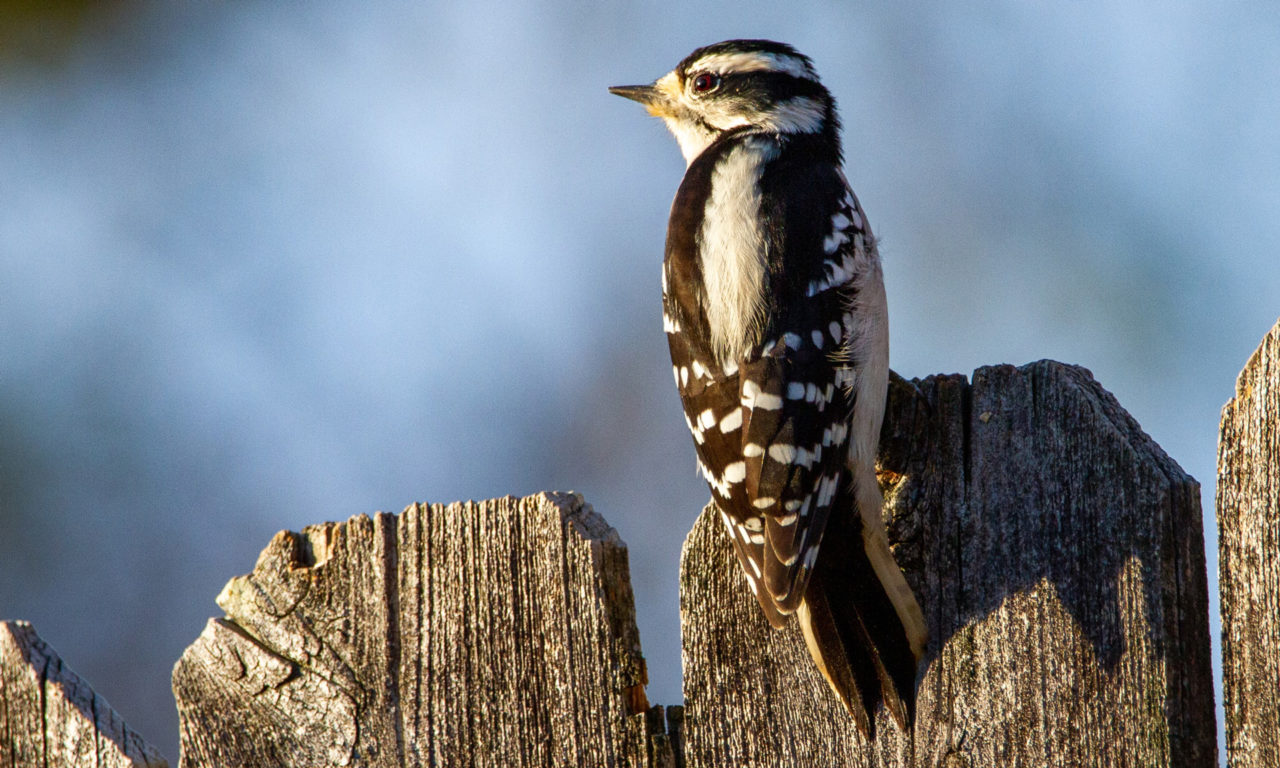Unveiling the Secrets of Woodpeckers: Habits, Habitat, and Much More
Woodpeckers, with their distinct actions and specialized adjustments, have actually long interested researchers and nature enthusiasts alike. By discovering the secrets bordering woodpeckers' habits and environment choices, a much deeper understanding of these bird wonders emerges, using a glance right into their remarkable world.
Woodpecker Behavior Insights
In taking a look at woodpecker actions, a remarkable screen of specialized abilities and adaptations arises, shedding light on their impressive environmental particular niche. Woodpeckers, understood for their unique drumming on trees, have a range of behavioral qualities that contribute to their survival and success in their environment.
Additionally, woodpeckers exhibit an one-of-a-kind feeding actions identified by their ability to essence pests from tree bark using their specialized beaks. Their lengthy, barbed tongues help in recording target, while their strong neck muscles provide stability and precision throughout pecking motions. This feeding technique enables woodpeckers to accessibility surprise insect larvae and remove them with impressive efficiency.
Habitat Preferences and Selection
What variables affect the habitat preferences and selection of woodpeckers? Woodpeckers are highly versatile birds recognized to occupy various environments worldwide. They do display preferences for specific environment features. One crucial aspect affecting woodpecker environment selection is the availability of ideal nesting sites. Woodpeckers commonly choose forests with a mix of mature trees that provide enough opportunities for cavity excavation. These cavities act as critical nesting and roosting sites for woodpeckers and are important for their breeding success.
Additionally, woodpeckers show a preference for habitats with an abundant supply of food resources. They are largely insectivorous, feeding upon beetles, ants, larvae, and other bugs located in decaying timber or tree bark. Consequently, woodpeckers have a tendency to favor wooded locations with a varied insect population to meet their dietary demands.
Furthermore, the presence of dead or rotting trees is another essential element in woodpecker environment selection. These trees not only give food sources however additionally provide appropriate substrate for tooth cavity try here excavation. Dead trees are important for the maintenance of healthy and balanced woodpecker populations, as they play an essential role in the woodpeckers' life cycle and environment dynamics.
Feeding Routines and Diet Regimen Make-up
Woodpeckers demonstrate a specialized feeding behavior focused on foraging for pests within numerous habitats. In addition to insects, woodpeckers also take in tree sap, fruits, nuts, and seeds, adding selection to their diet regimen depending on the season and accessibility of food sources.
The foraging techniques of woodpeckers are well-adapted to their arboreal way of life. Woodpeckers play an essential duty in preserving the health of forests by regulating insect populations and assisting in the decomposition of timber.
Drumming Sounds and Interaction
Utilizing quick drumming noises on numerous surfaces, woodpeckers employ an unique type of communication to indicate area limits and attract friends. This drumming behavior is not just a method of communication yet also works as a means for woodpeckers to develop their visibility within a certain location. The intensity, speed, and pattern of the drumming can communicate crucial information to various other woodpeckers in the vicinity.
Woodpeckers make use of drumming noises to announce their visibility in an area and to alert off prospective intruders. The loud and recurring nature of the drumming functions as a clear signal to various other woodpeckers that the area is already declared. This assists in minimizing conflicts and decreasing physical conflicts between individuals.

Survival Adaptations and Specialized Anatomy

Conclusion
To conclude, woodpeckers show one-of-a-kind actions, such as drumming audios for interaction, and have actually specialized makeup for survival in their chosen environments. Their feeding practices and diet plan make-up additionally show their versatility to numerous settings. By comprehending these facets of woodpeckers, scientists and preservationists can much better protect and protect these interesting birds and their environments.
Comments on “Indigenous Woodpeckers in Florida: A Guide to Types and Behaviors”